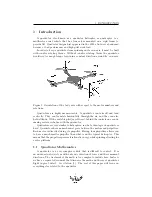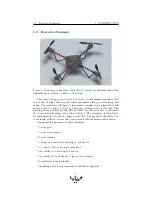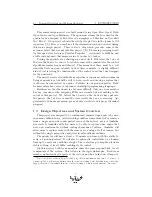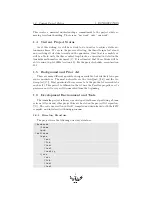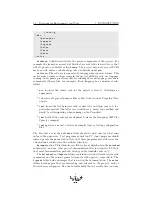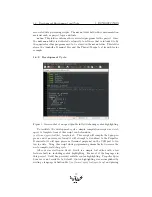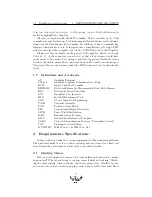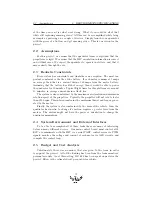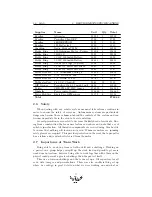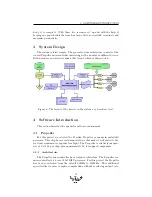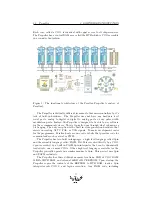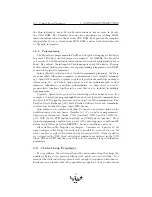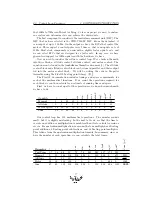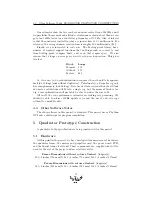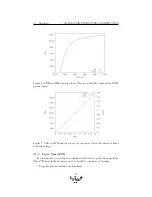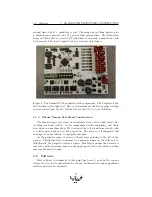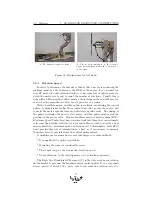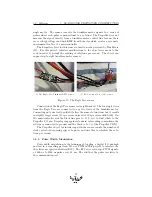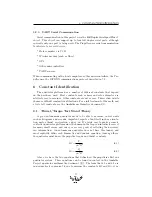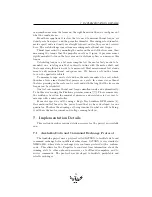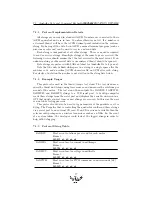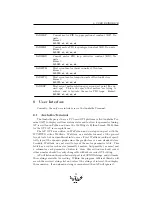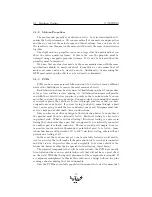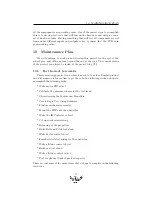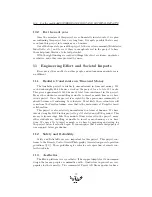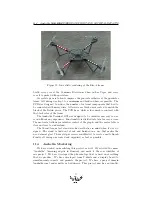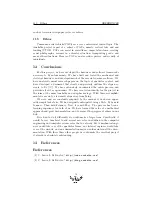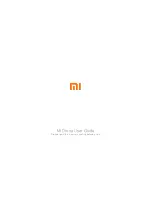
5.1
Hardware
5
QUADROTOR PROTOTYPE CONSTRUCTION
Item
Mass(Grams)
Frame
450g
Each propeller
8g
Motor (black)
85g
Motor (red)
90g
ESC (black)
20g
ESC (red)
25g
5000MAH Battery
410g
8000MAH Battery
650g
5.1.1
Frame
The quadrotor frame that we are using for this project is the open source
Elev-8 frame from Parallax ([6])The resin plates are constructed out of a ma-
terial called Delin
R
[9] made by DuPont
TM
. We had this material laser cut for
us by a W9GFO from the Parallax forums. The booms of the Frame are made
out of 5/8” thin wall aluminium tubing.
For the screws we are using hex pan head and hex socket cap screws. These
screws are very common in the industrial supply industry. For all of the screws
we are using blue LocTite or a nylon locknut to ensure that the screws do
not loosen from their secured position. Lockwashers are not used due to being
completely ineffective and, in fact, worse than nothing at all ([11]).
Diagrams for the frame components have been included in the appendices,
and are also available at [1].
5.1.2
Motors/Propellers
Since neither one of the team members has any experience with quadrotors,
we have selected two different motors for the testing of our platform. To match
with these two motors we picked out two different brands of ESCs in order to
determine which would would be best with the platform.
We also decided on a 10 inch rotor with a 4.5 degree pitch. We decided on
10 inches because it gave us plenty of clearance between the rotors and should
not produce turbulences between each other. As for pitch, if you want a very
stable take off and landing of the quadrotor you would go with less of a pitch,
however if you want to be able to translate rather quickly you want more of
a pitch. Every fixed pitch propeller is designed for maximum efficiency at a
certain free air stream velocity through the blades. Hovering (ie, no free air
stream velocity) is most efficient at very small pitches ([12]).
19

